We drove through the very narrow winding roads through a very pretty forest. It was so peaceful and serene. Finally we came to the parking lot. From there you had to walk up to the Visitor Center. The very first thing you see on the way up to the Visitor Center is the bathrooms.
The petroglyphs were an amazing site. They had erected a specially designed, large, glass building over the site many years ago because they had found that the weather was eroding the petroglyphs away and that they were in danger of disappearing all together. Before the building was erected, the First Nations people for hundreds of years would cover over the petroglyphs with mosswhen they were done their ceremonies. The damp from the moss had already warn much of the oldest petroglyphs away or to the point where they were hardly visible anymore. Inside there is a concrete wall keeping people form going in and touching the stones. The only people who are ever allowed on the stones are the First Nations people who come about once or twice a year to perform traditional ceremonies. The land actually belongs to them and they are gracious enough to let people come to look at the petroglyphs.
One of the park rangers was there on site and he was a wealth of knowledge. While you are looking at the petroglyphs you don't have too many questions that come to mind. But when the ranger gets to talking about how they were found, how the building was made, what some of the symbols mean, etc. you realize just how many questions he has answered that you wouldn't think to ask. We learned that to First Nations, women are held in high regard for bringing life into the world. A common custom among First Nations is that women in their menses cycle do not enter sacred sites like this one. First Nations believe that the female body undergoes a natural purification at this time, whereas males have to attend other ceremonials such as the sweat lodge in order to attain similar purification. We also learned it is customary to leave an offering of loose tobacco.Tobacco is a sacred plant, given to First Nations by the Creator, and widely used in prayer to the Creator, the ancestors, the earth and the universe.This offering is best left at the periphery of the site. Sure enough, there was a mortar and pestle with tobacco laying on one of the edges of the site.
One of the interesting things about the petroglyphs is that depending on what time of day it is, or even what season it is, certain petroglyphs can be seen better depending on how the light falls on them.
"What we are told as children is that people,
when they walk on the land,
leave their breath wherever they go.
So whenever we walk,
that particular spot on the Earth
never forgets us.
When we go back to these places we know
that the people who lived there
are in some way still there,
and that we can partake
of their breath and
of their spirit. "
It had been a great day but now it was time to go home.





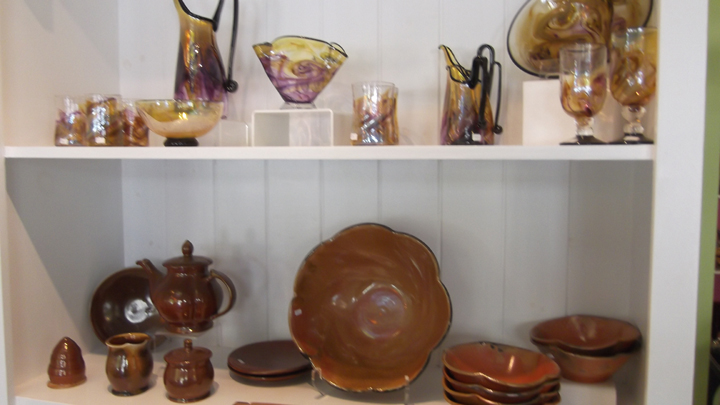



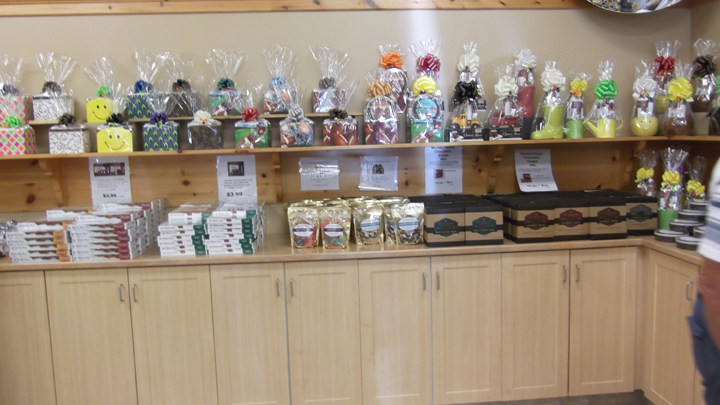
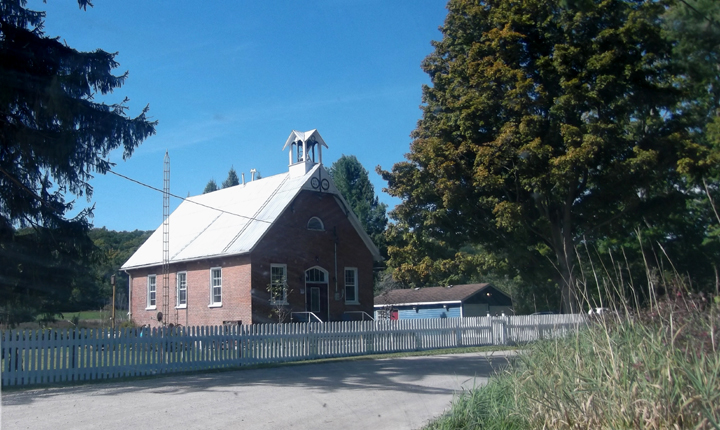



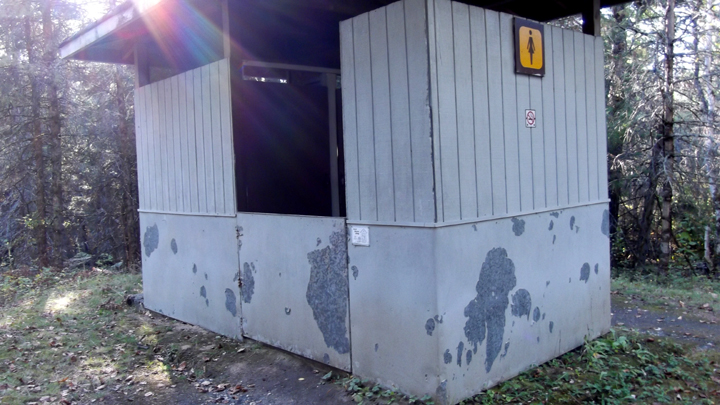


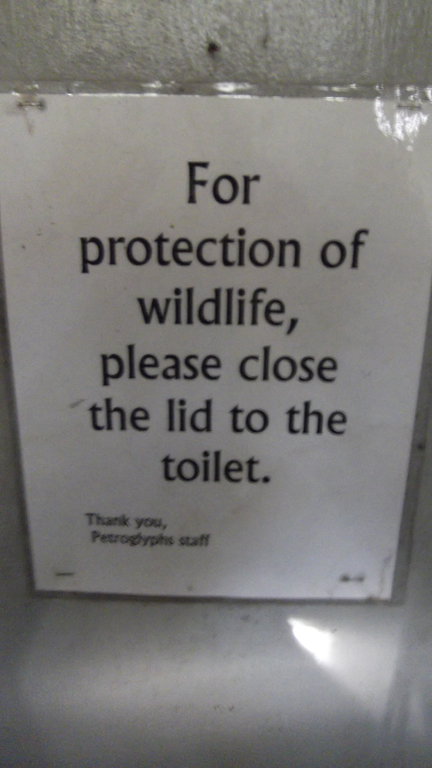
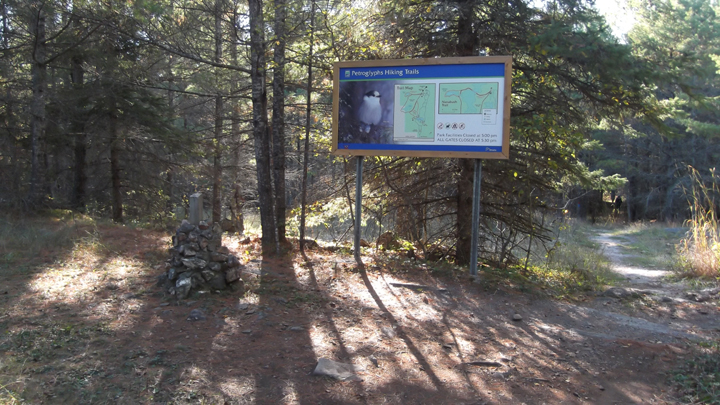
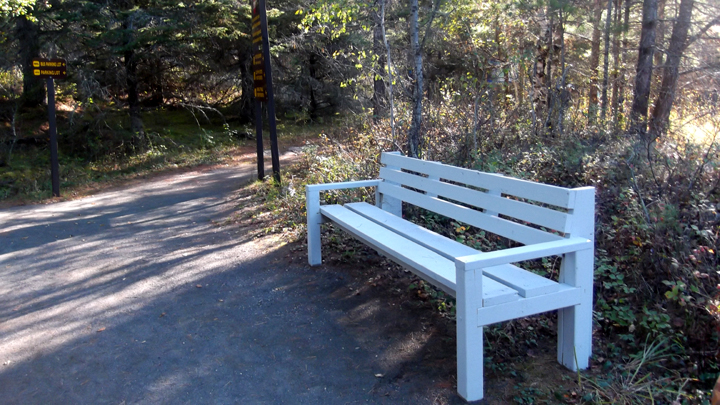
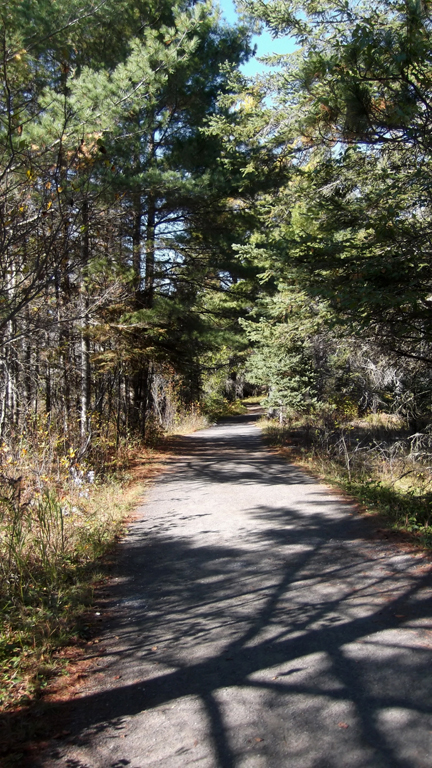

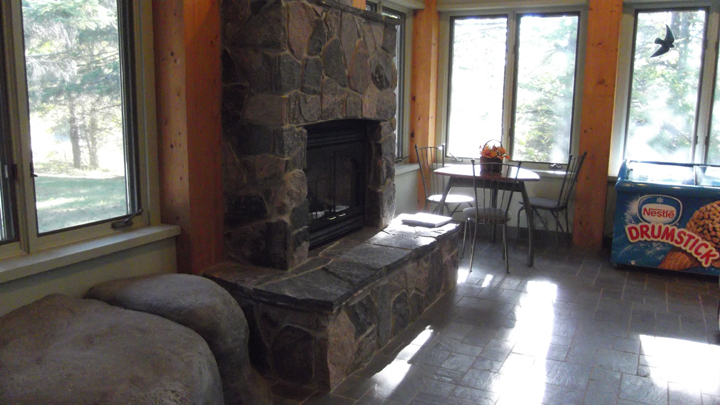



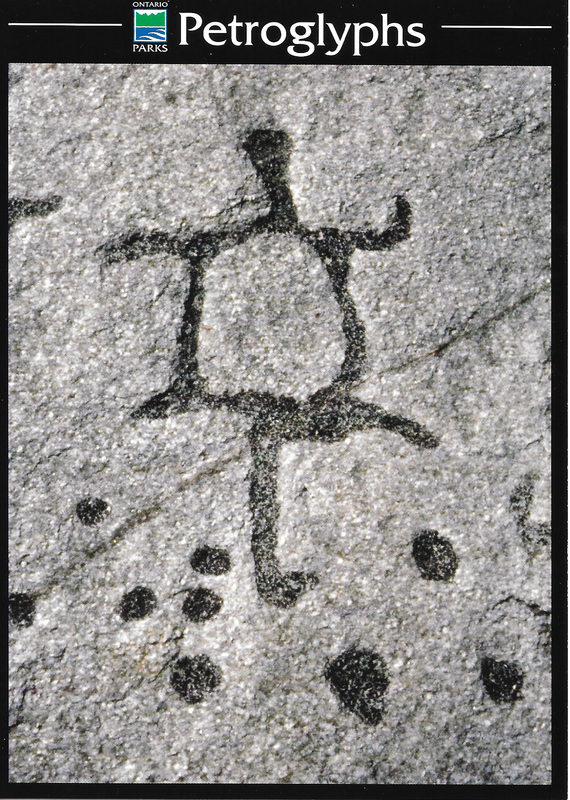









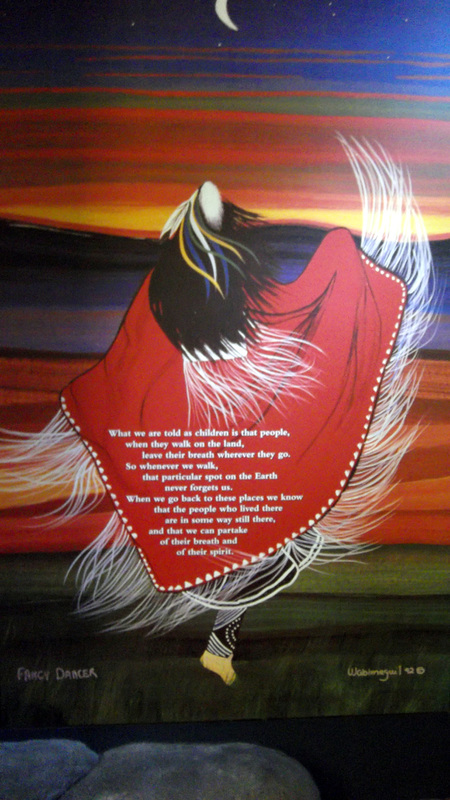
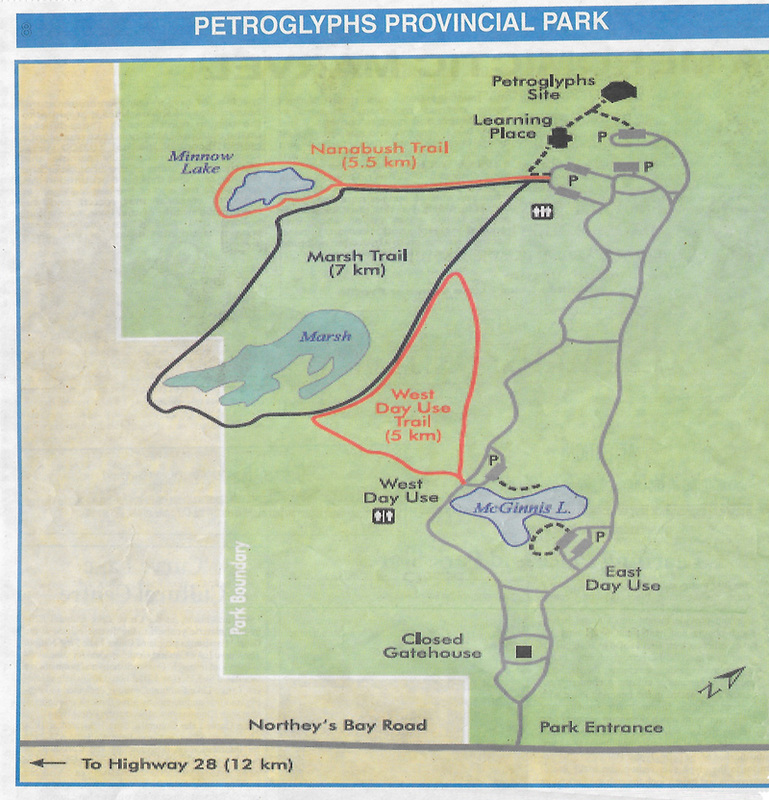



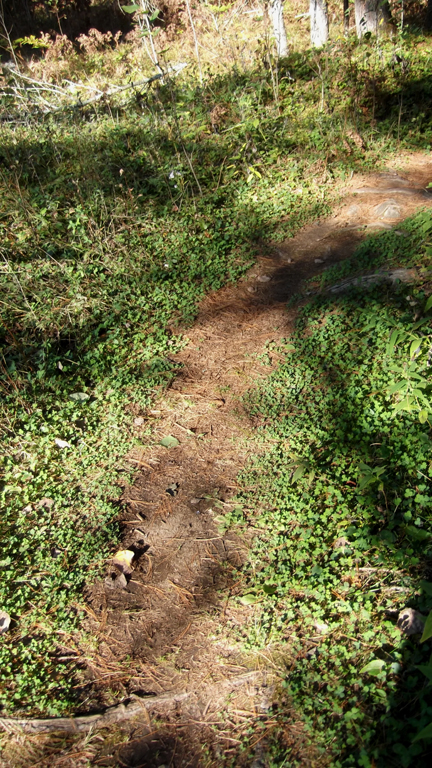



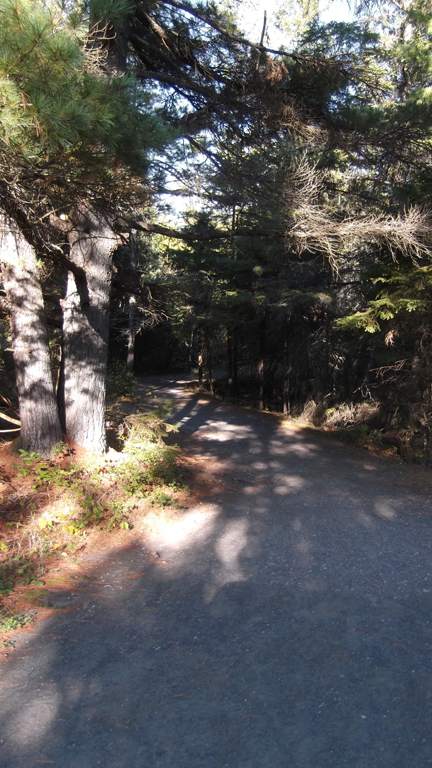
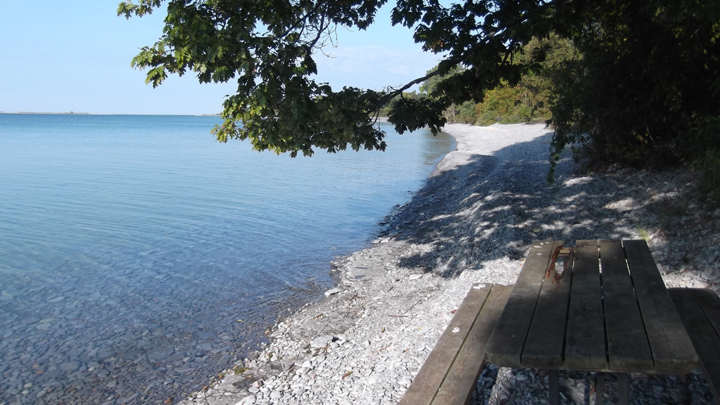






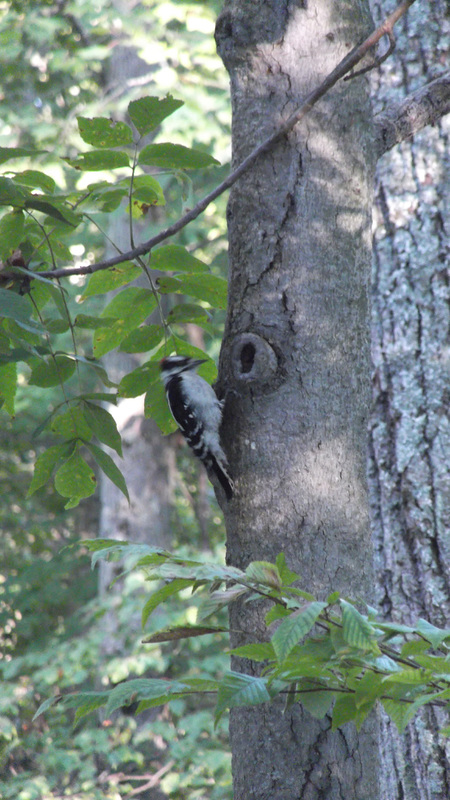
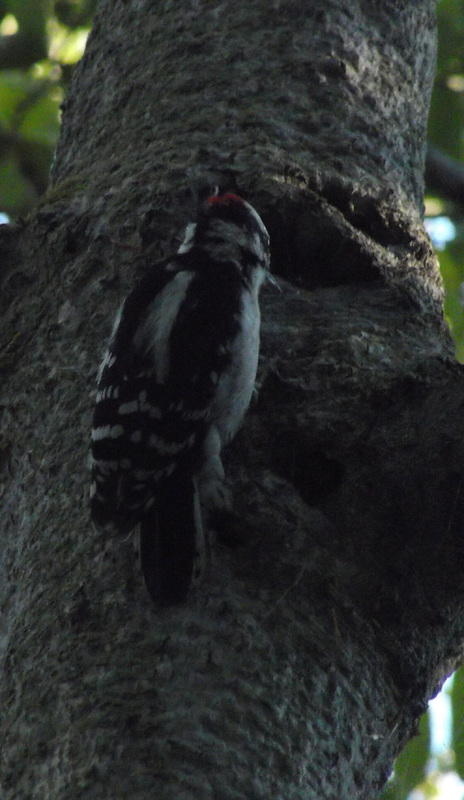


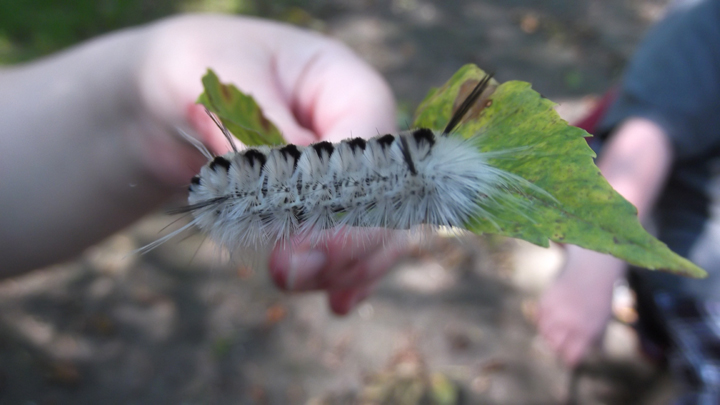










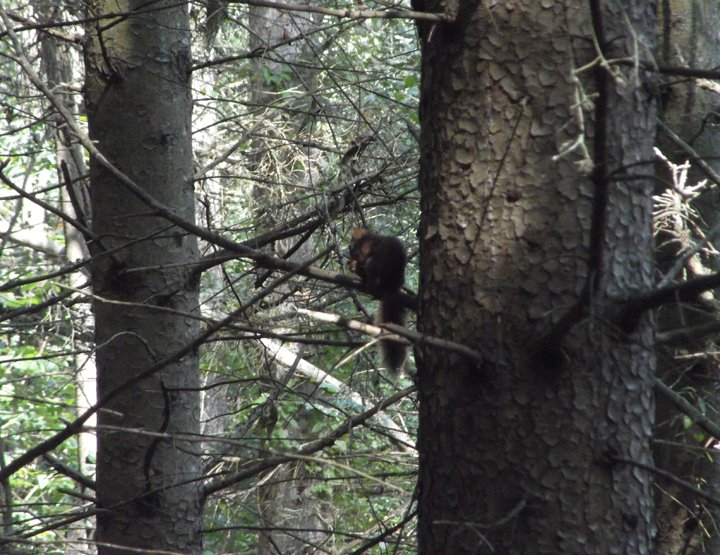








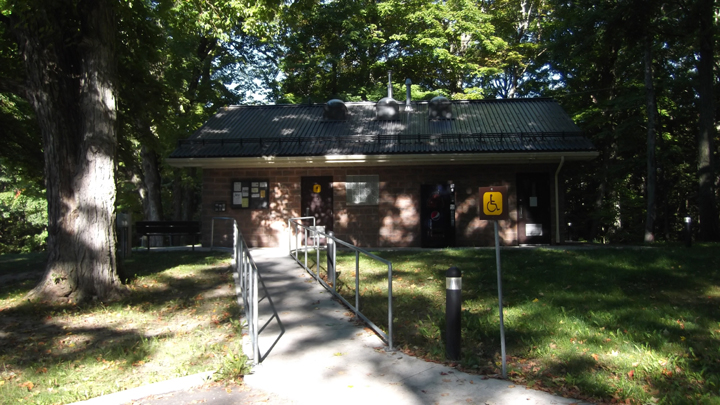



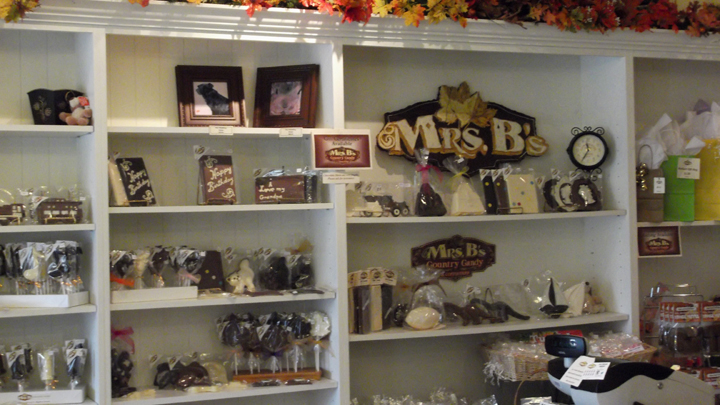







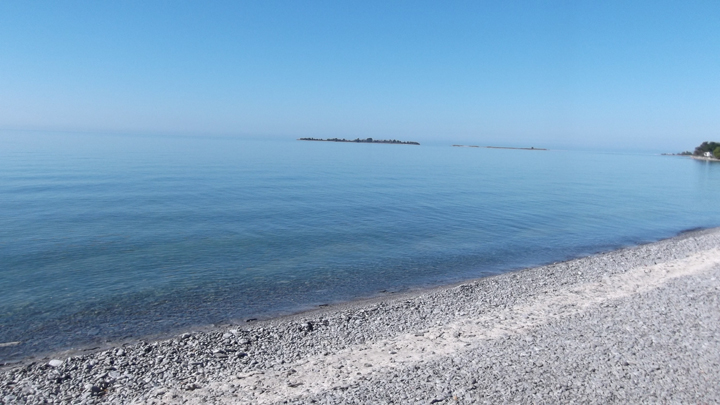

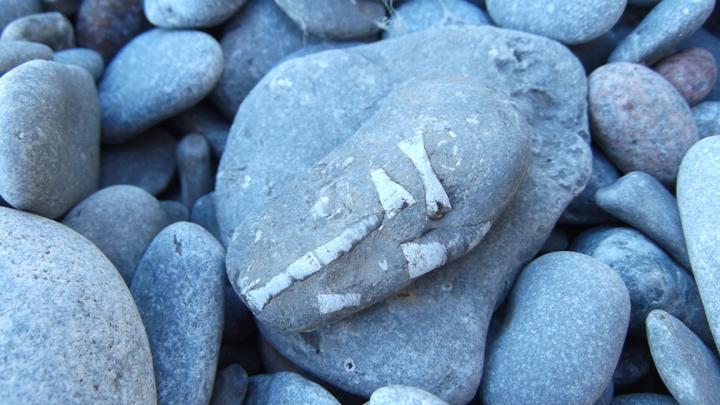
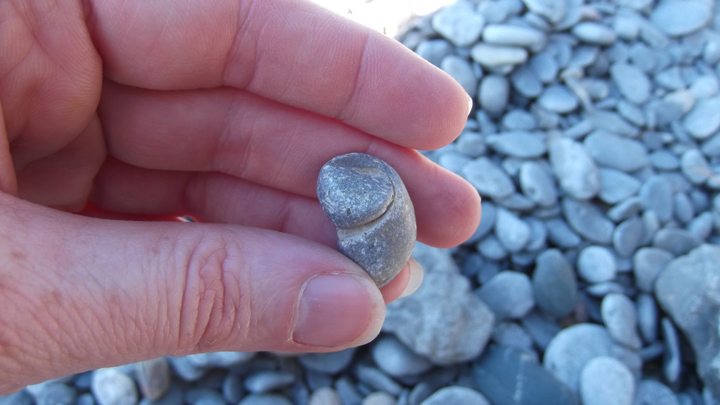

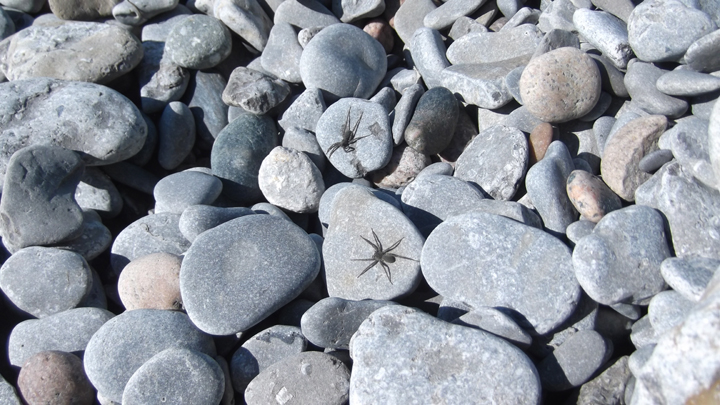

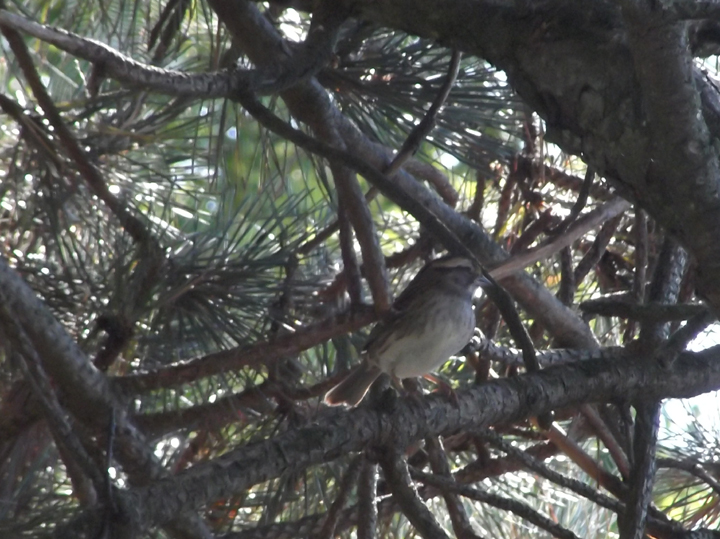




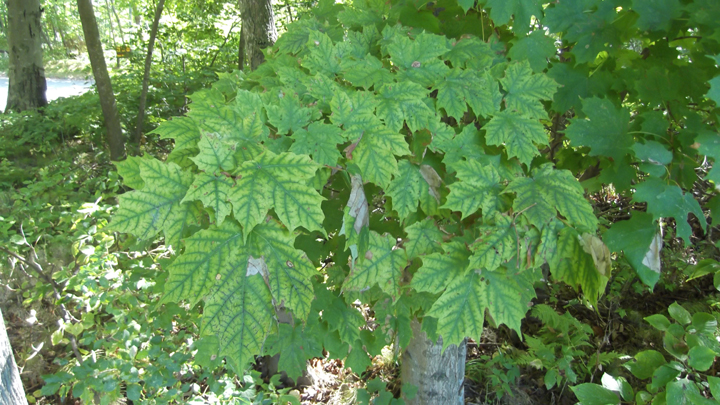
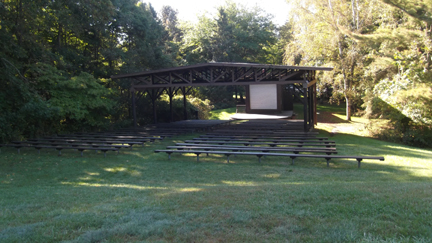

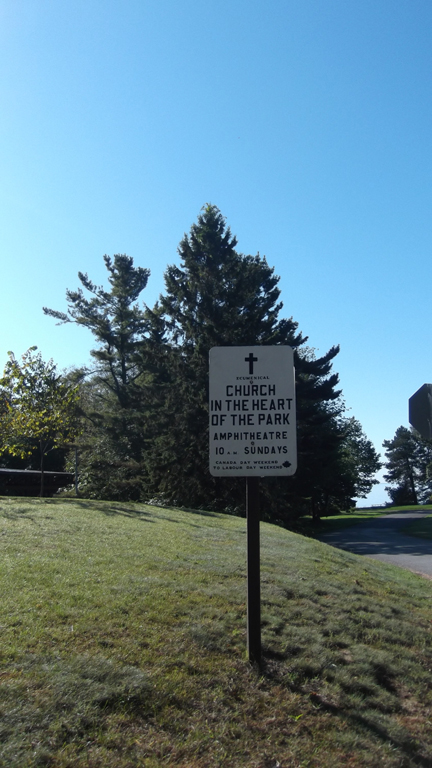


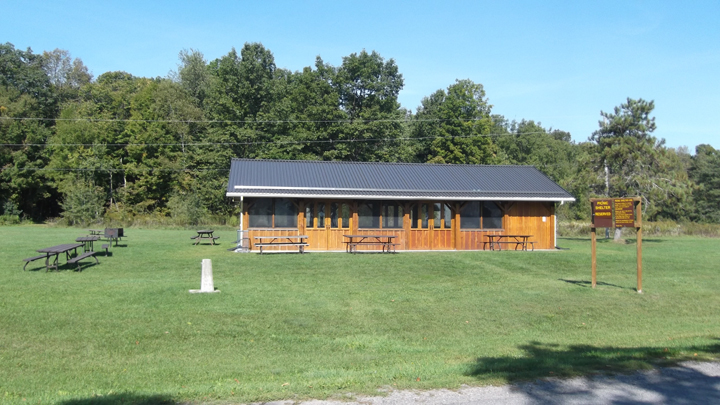

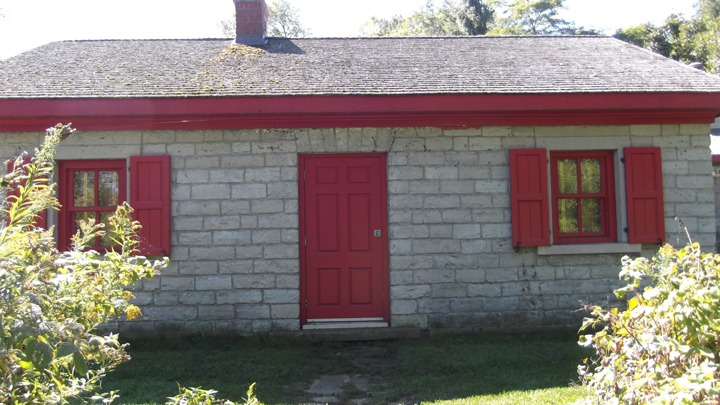


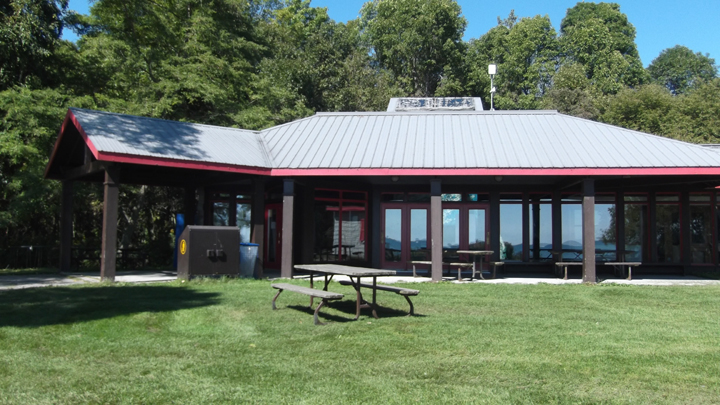



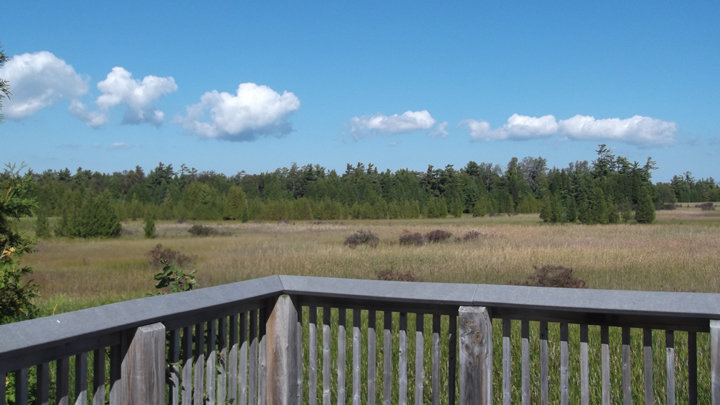
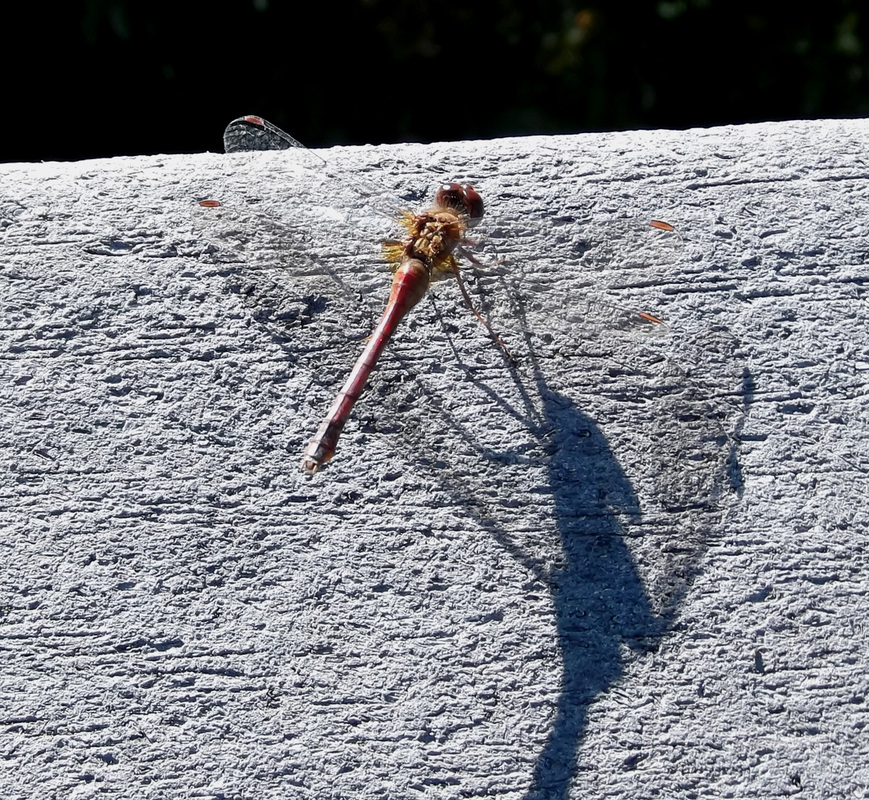


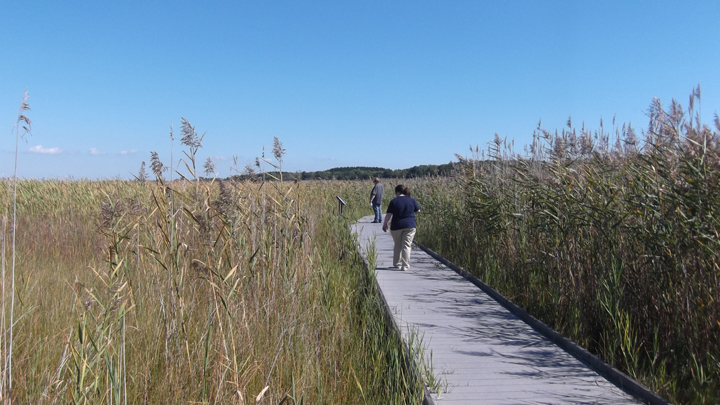

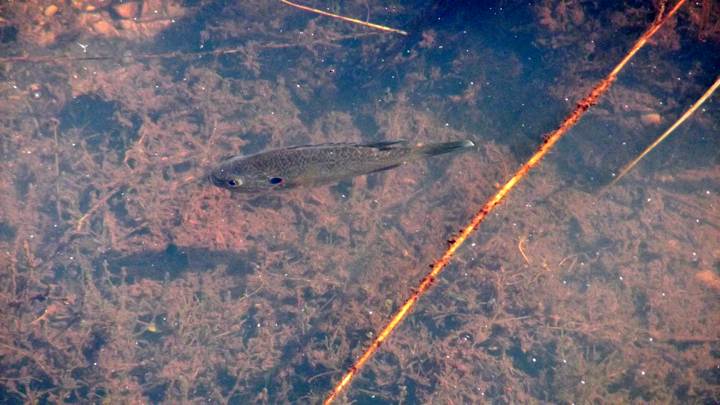

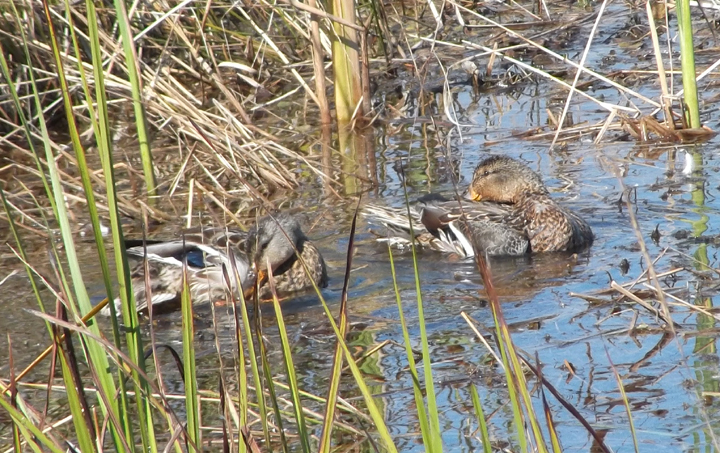






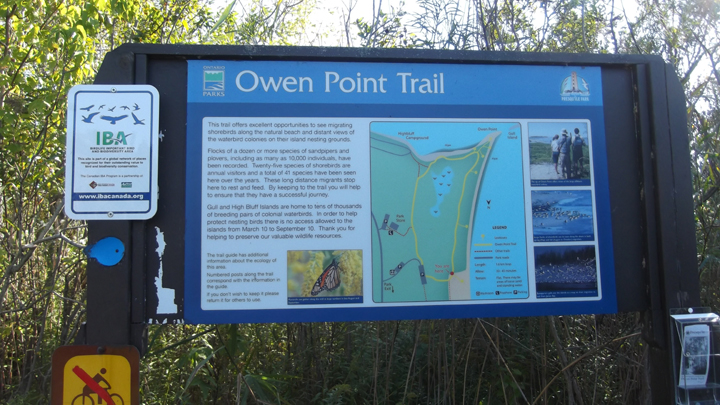
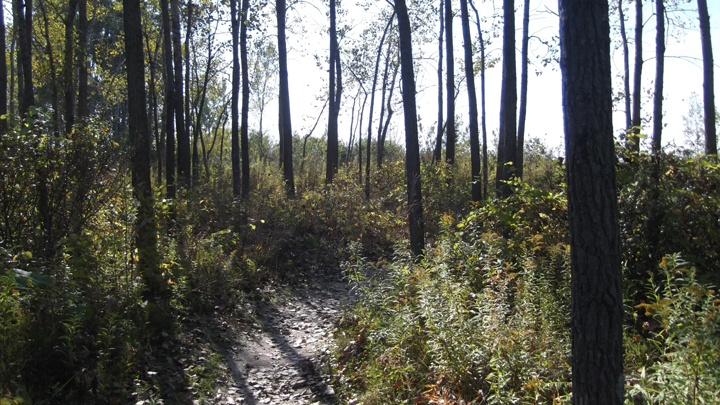

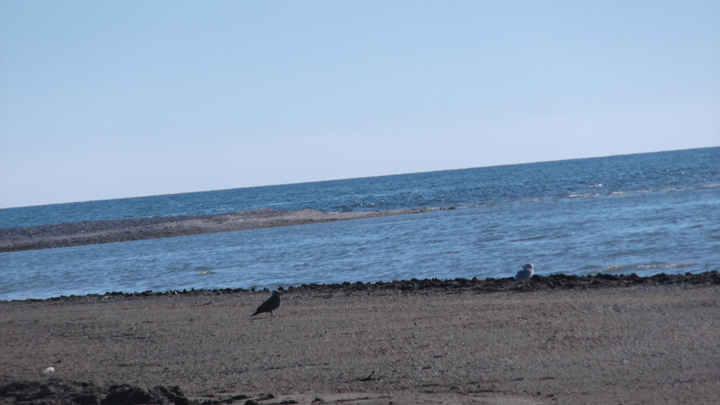

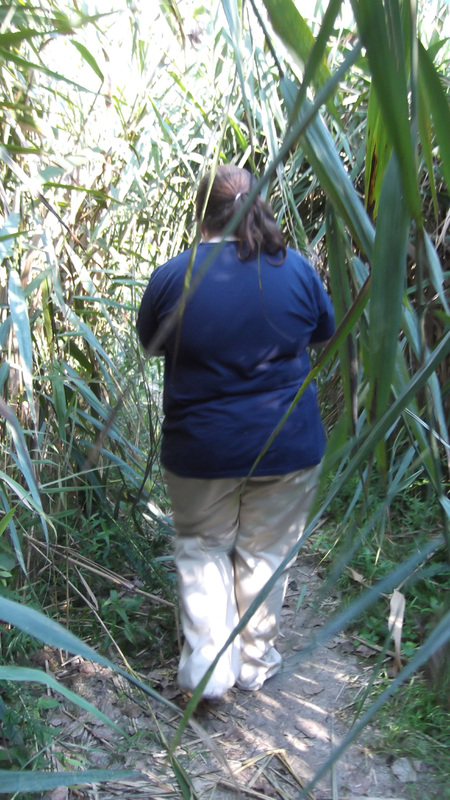

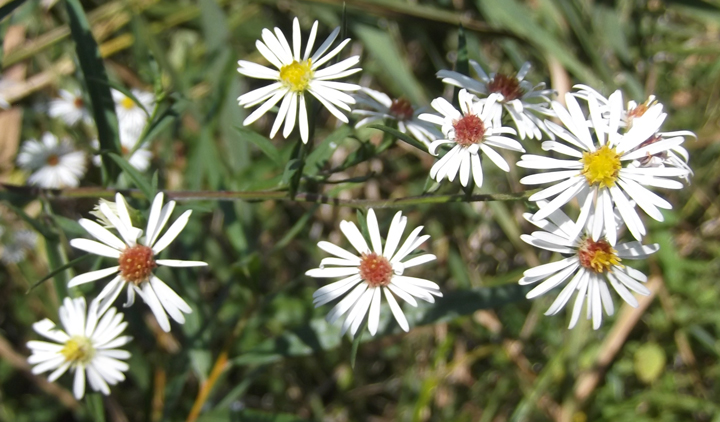


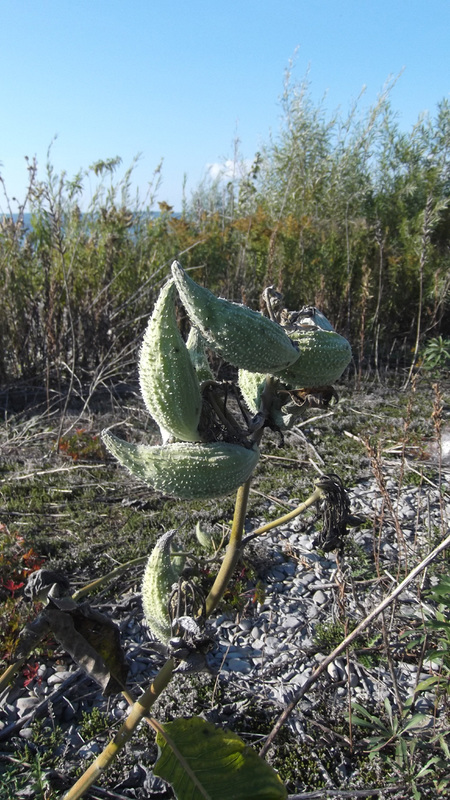
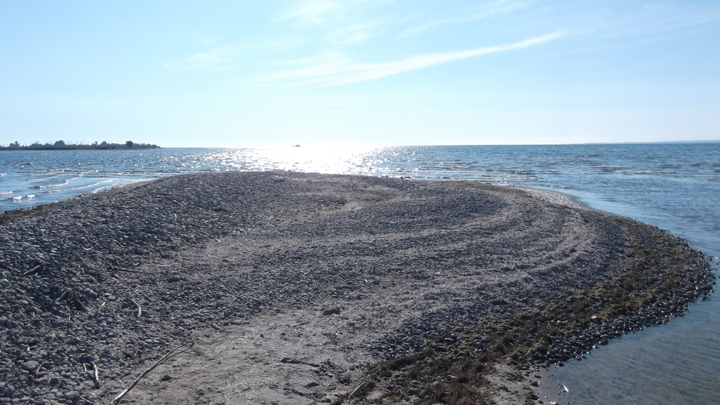




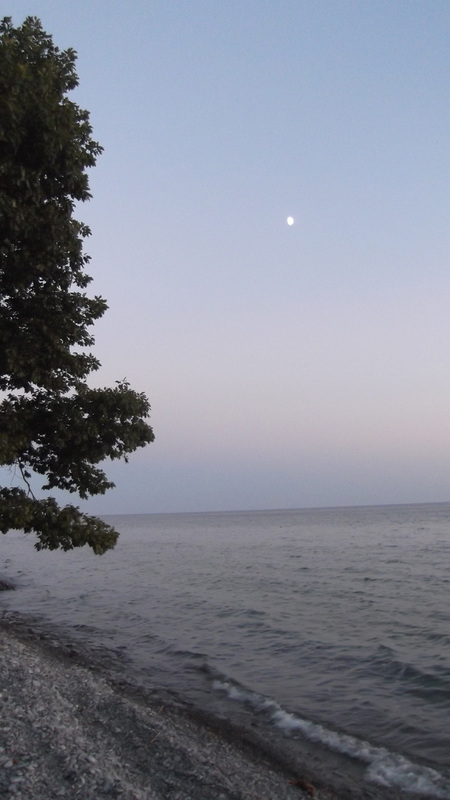

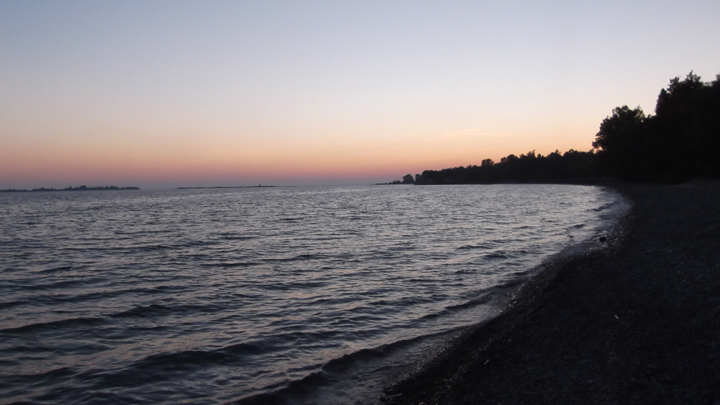

 RSS Feed
RSS Feed